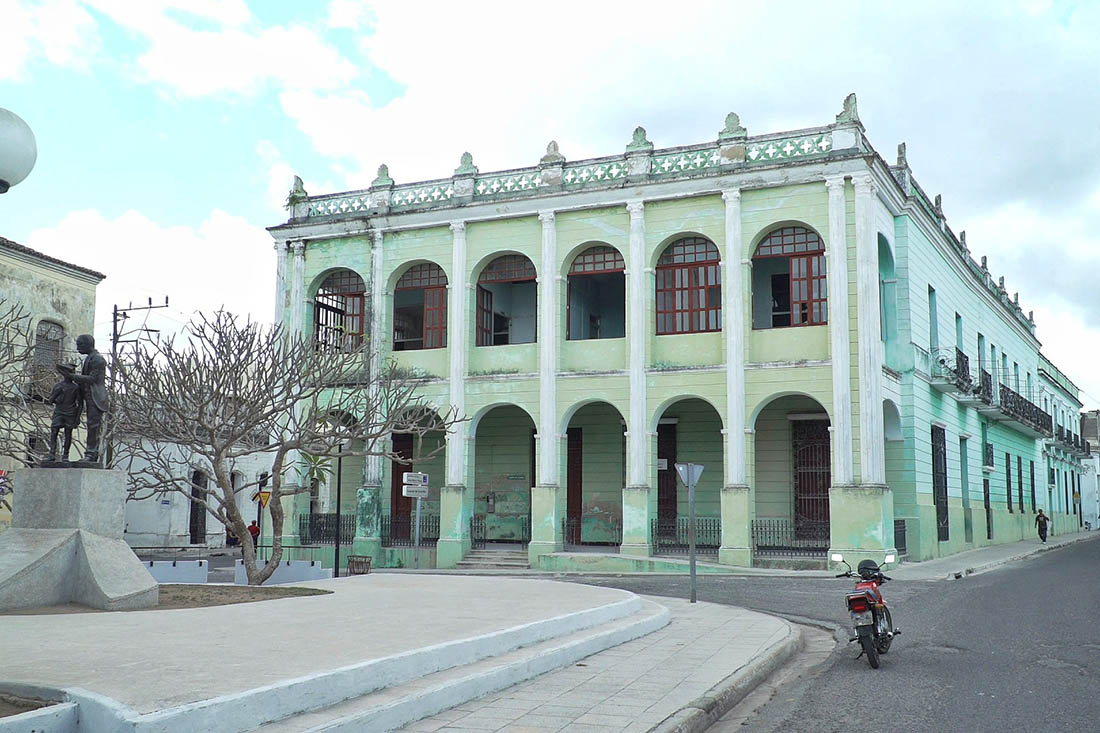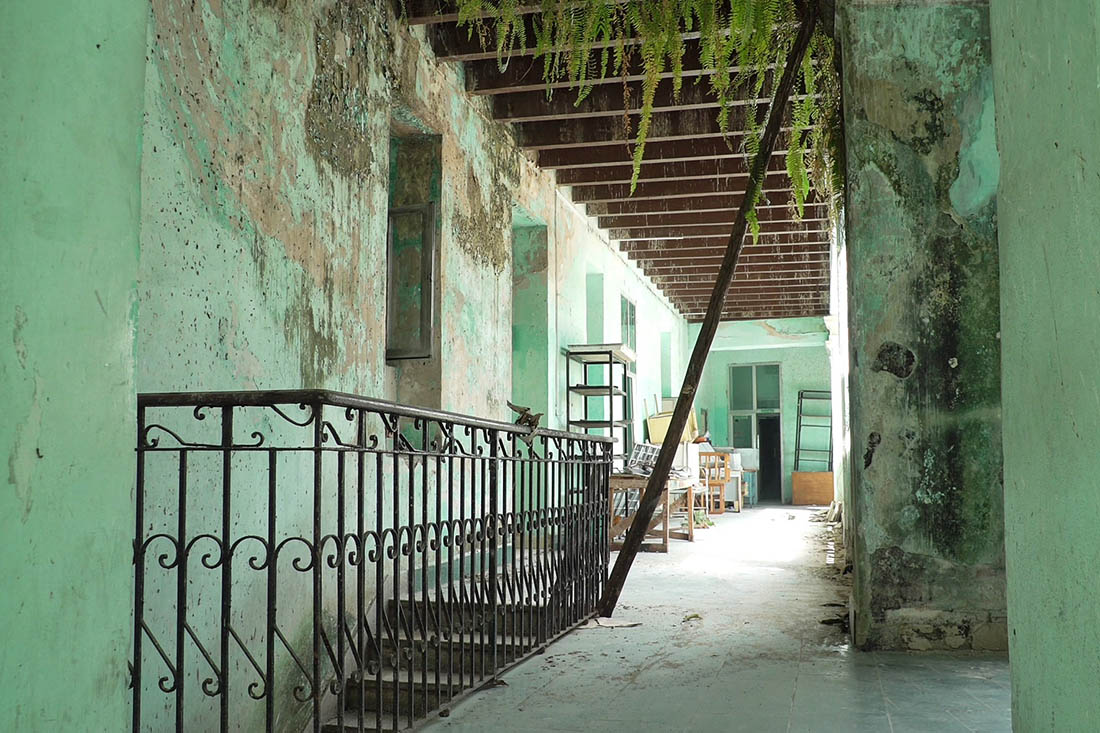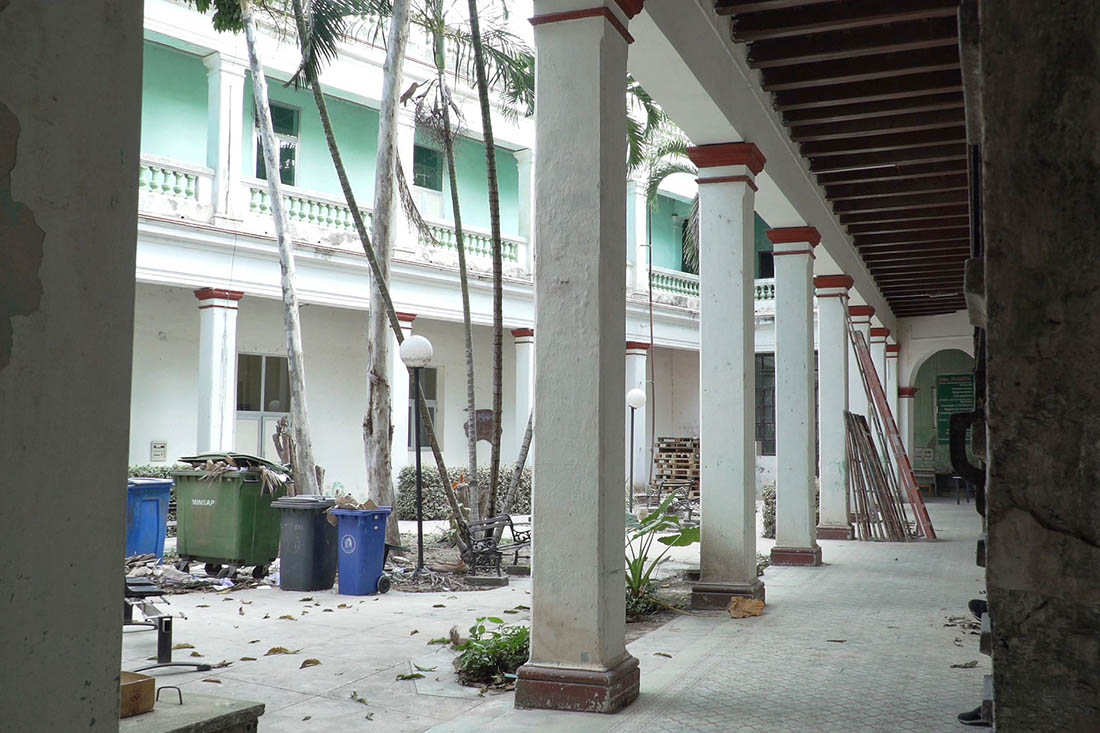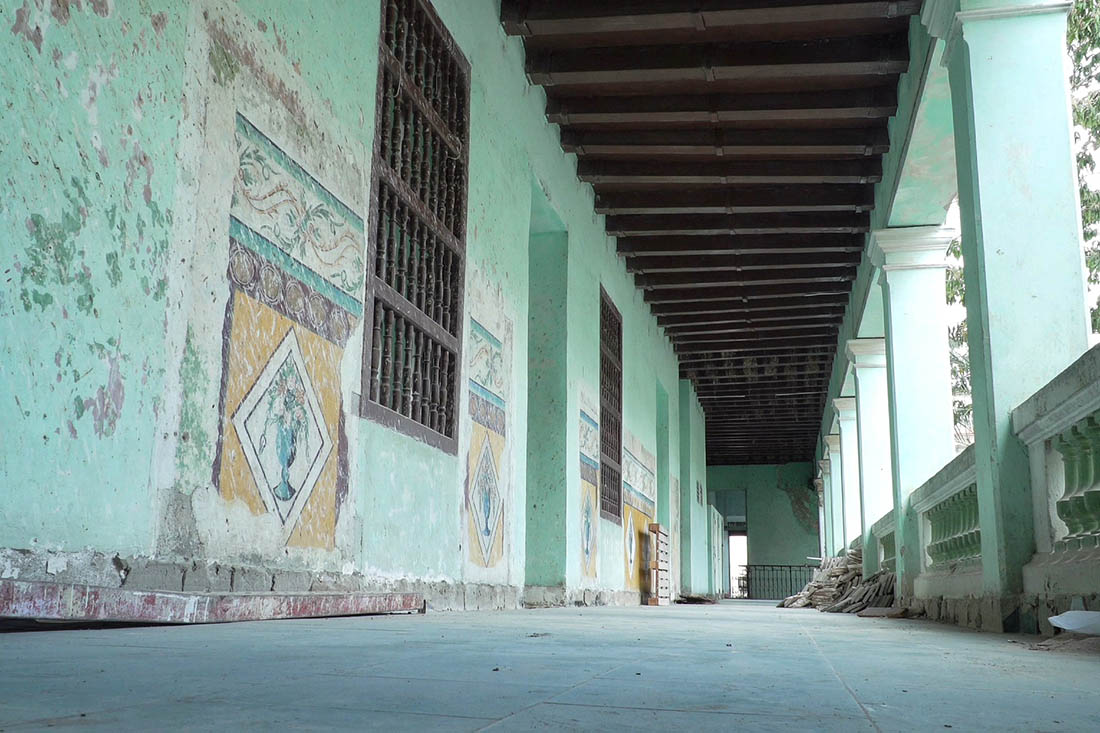The José Martí teaching polyclinic, in Camagüey city, has temporarily closed its doors and transferred its consultation and medical services to other locations or to centers with similar services in the territory, due to a necessary restoration process.
In this property with Degree of protection one, due to its high patrimonial value, was the house of Tomás Pío Betancourt, the first historian of the city, and later it was the school of the Salesianas for poor girls. This condition, and the high social impact of its current use, were decisive factors for the Office of the Historian of Camagüey city (OHCC) to take charge of assuming the investment process.
“We gave ourselves the task of consulting with the Provincial Health Directorate what was the budget they had for this work, since they had not conceived of carrying out an intervention on this large scale either. They have a budget of 1.8 million pesos, insufficient for what must be done, therefore, from the Office we made a technical evaluation with the participation of the Board of Directors and we valued based on the budget that we had assigned for the realization of other works, how much could we allocate to the intervention of this property”, says Yurisniel Hernández Romero, deputy director of Investments of the OHCC.
Much of the funds provided for the execution of another project, around 23 million pesos, will be used in this intervention, since the Historian’s Office has assumed it as the work with the greatest social impact of the year.
“Currently, the fundamental vulnerability is found in the wooden mezzanines where there are rotten planks and beams, in addition to other problems that were detected in the process of lifting the floors,” explains engineer Noel Iraola Valdés, one of the designers of the work
At the moment it is not possible to specify how long the work may take. “We have zoned the building not only from the point of view of the construction state. We have also attacked the problems from the point of view of consolidation and repair to provide solutions in stages. It is not totally safe, but perhaps this will allow the gradual opening of this health center,” adds Iraola Valdés.
Completing the work of the Centro polyclinic as soon as possible is important, not only for the fact of rescuing the heritage values of the property, but also because it represents an urgent need for the more than 30,000 inhabitants of the Historic Center who receive their medical services there, many of them over 60 years of age, and for the moment must be transferred to other health centers further away.
Faithful to its humanist essence, the Office of the Historian of Camagüey city directs its efforts to benefit a broad sector of the population, in order to improve the quality of life of the people of Camagüey.
Translated by: Aileen Álvarez García










